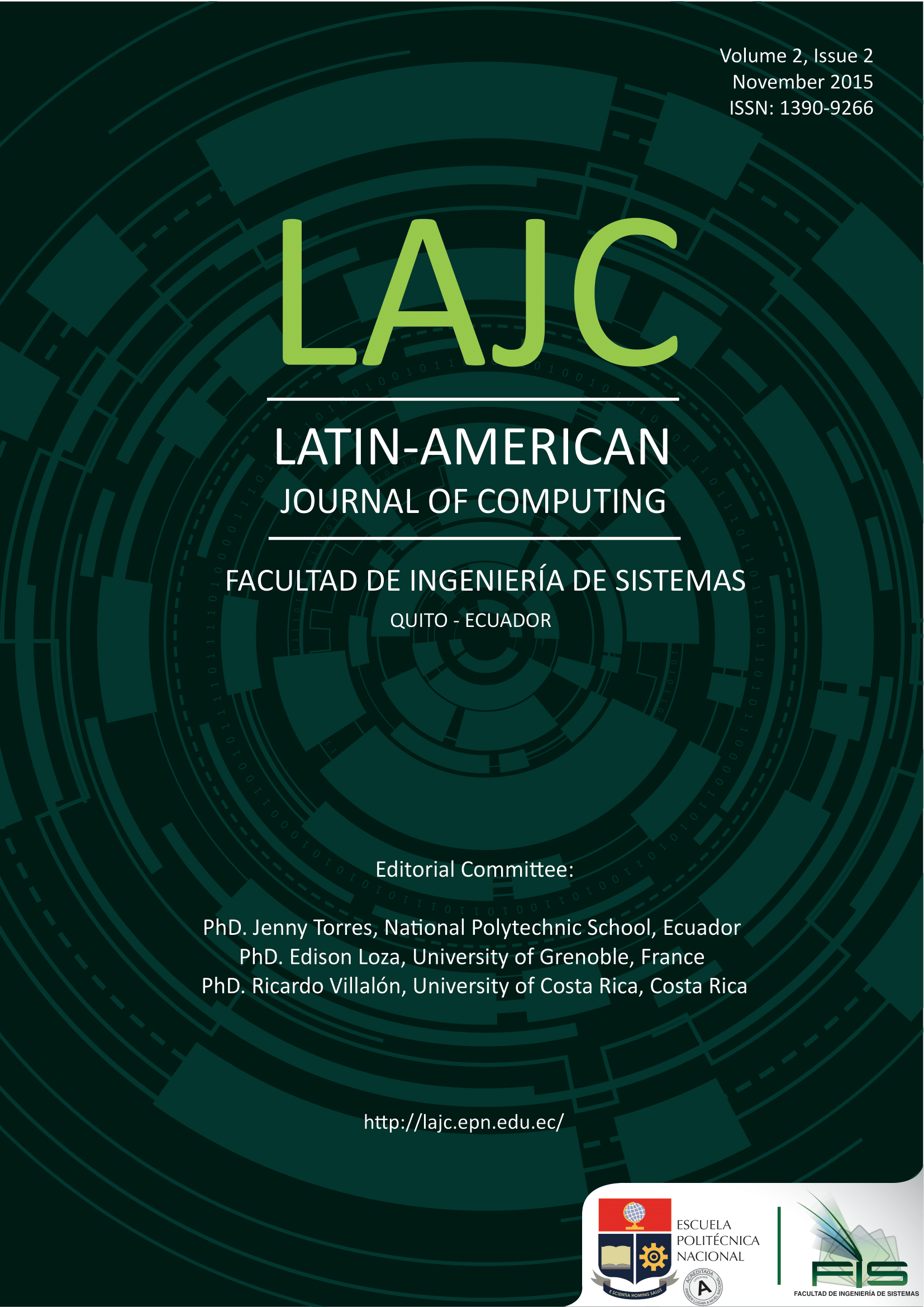Human Activity Recognition in a Car with Embedded Devices
Keywords:
drowsiness, cascadeclassifier, Viola-Jones method, FACS, AUAbstract
Detection and prediction of drowsiness is key for the implementation of intelligent vehicles aimed to prevent highway crashes. There are several approaches for such solution.
In thispaper the computer vision approach will be analysed, where embedded devices (e.g.videocameras) are used along with machine learning and pattern recognition techniques for implementing suitable solutions for detecting driver fatigue.
Most of the research in computer vision systems focused on the analysis of blinks, this is a notable solution when it is combined with additional patterns like yawing or head motion for the recognition of drowsiness. The first step in this approach is the face recognition, where AdaBoost algorithm shows accurate results for the feature extraction, whereas regarding the detection of drowsiness the data-driven classifiers such as Support Vector Machine (SVM) yields remarkable results.
One underlying component for implementing a computer vision technology for detection of drowsiness is a database of spontaneous images from the Facial Action Coding System (FACS), where the classifier can be trained accordingly.
This paper introduces a straightforward prototype for detection of drowsiness, where the Viola-Jones method is used for face recognition and cascade classifier is used for the detection of a contiguous sequence of eyes closed, which a reconsidered as drowsiness.
Downloads
References
Esra Vural, Mujdat Cetin, Aytul Ercil, Gwen Littlewort, Marian Bartlett and Javier Movellan; Automated Drowsiness Detection For Improved Driving Safety
David F. Dinges and Melissa M. Mallis; Managing Fatigue by Drowsiness Detection: Can Technological Promises be Realized?, 1998
Esra Vural, Mujdat Cetin, Aytul Ercil, Gwen Littlewort, Marian Bartlett and Javier Movellan; Machine Learning Systems for Detecting Driver Drowsiness
Grace, R., Byrne, V., Bierman, D., Legrand, J.M., Gricourt, D., Davis, B., Staszewski, J., Carnahan, B.; A Drowsy Driver Detection System For Heavy Vehicles
Richard Grace, Sonya Steward; Drowsy Driver Monitor and Warning System
Bartlett, M., Littlewort, G., Frank, M., Lainscsek, C., Fasel, I., Movellan, J.; Automatic recognition of facial actions in spontaneous expressions. Journal of Multimedia., 2006
Kanade, T., Cohn, J., Tian, Y.; Comprehensive database for facial expression analysis.
Fasel I., Fortenberry B., M.J.; A generative framework for real-time object detection and classification., 2005
Ole Helvig Jensen; Implementing the Viola-Jones Face Detection Algorithm., 2008
Andrew King; A Survey of Methods for Face Detection, 2003
Patrick Lucey, Jeffrey F. Cohn, Takeo Kanade, Jason Saragih, Zara Ambadar; The Extended Cohn-Kanade Dataset (CK+): A complete dataset for action unit and emotion-specified expression, 2010
Yi-Qing Wang; An Analysis of the Viola-Jones Face Detection Algorithm, 2013
Rohan Putta, Gayatri N Shinde, Punit Lohani; Real Time Drowsiness Detection System using Viola Jones Algorithm, 2014
University of Pittsburgh, Cohn-Kanade database [Online]. Available: http://www.pitt.edu/~emotion/ck-spread.htm
Downloads
Published
Issue
Section
License
Copyright Notice
Authors who publish this journal agree to the following terms:
- Authors retain copyright and grant the journal right of first publication with the work simultaneously licensed under a Creative Commons Attribution-Non-Commercial-Share-Alike 4.0 International 4.0 that allows others to share the work with an acknowledgement of the work's authorship and initial publication in this journal.
- Authors are able to enter into separate, additional contractual arrangements for the non-exclusive distribution of the journal's published version of the work (e.g., post it to an institutional repository or publish it in a book), with an acknowledgement of its initial publication in this journal.
- Authors are permitted and encouraged to post their work online (e.g., in institutional repositories or on their website) prior to and during the submission process, as it can lead to productive exchanges, as well as earlier and greater citation of published work.
Disclaimer
LAJC in no event shall be liable for any direct, indirect, incidental, punitive, or consequential copyright infringement claims related to articles that have been submitted for evaluation, or published in any issue of this journal. Find out more in our Disclaimer Notice.










